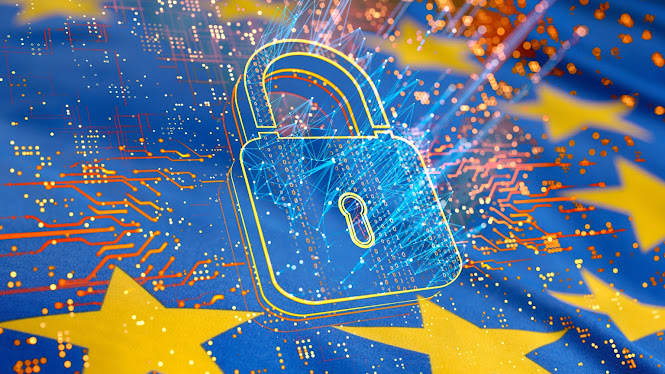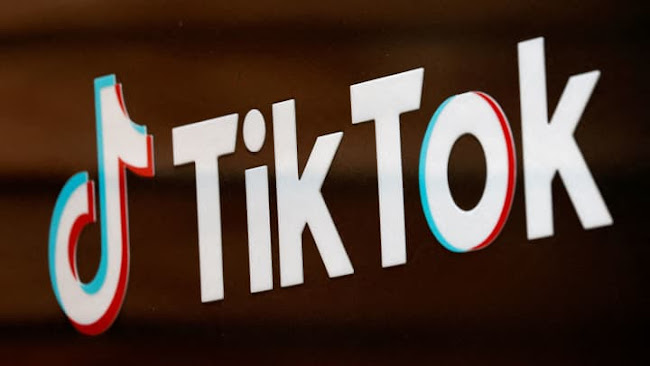Analyzing the Implications of the EU AI Act: What Will (and Won't) Change
The AI Act is done. Here’s what will (and won’t) change
The European Union's AI Act, slated to enter into force in May, marks a pivotal moment in the regulation of artificial intelligence. As the first reporter to uncover an early draft of the Act in 2021, the journey leading to its implementation has been one of scrutiny and anticipation. With its imminent enforcement, stakeholders are poised to witness significant shifts in AI governance across various sectors. Here's a comprehensive breakdown of the Act's key provisions and their potential implications:
1. Ban on High-Risk AI Applications:
• The Act prohibits AI applications deemed detrimental to fundamental rights, particularly in sensitive domains like healthcare, education, and law enforcement.
• It extends to banning AI systems employing manipulative techniques or infringing on privacy rights by inferring sensitive personal characteristics.
• However, certain exceptions exist, notably for law enforcement agencies combating serious crimes, leading to criticism from civil rights organizations for not outright banning controversial technologies like facial recognition.
2. Enhanced Transparency and Detection of AI Systems:
• Tech companies are mandated to label AI-generated content, facilitating greater transparency and awareness among users.
• Requirements for developing AI-generated media aim to bolster detection mechanisms, albeit facing challenges such as experimental watermarking technologies and detection reliability.
3. Establishment of a European AI Office:
• A centralized body will oversee compliance, implementation, and enforcement, providing recourse for citizens harmed by AI systems.
• While empowering individuals, effective utilization hinges on enhancing public AI literacy and awareness.
4. Stringent Obligations for AI Companies:
• AI firms operating in high-risk sectors must adhere to stringent data governance, human oversight, and impact assessment protocols.
• Transparency mandates necessitate detailed documentation of AI model development and training data, signaling a departure from the industry's prevailing secrecy.
• Non-compliance carries hefty fines and potential product bans, incentivizing adherence to regulatory standards.
5. Implications and Future Considerations:
• The Act's enactment heralds a paradigm shift towards responsible AI development and usage, setting precedents for global regulatory frameworks.
• Striking a balance between innovation and regulation remains paramount, necessitating ongoing dialogue and adaptation to evolving technological landscapes.
• Challenges persist in implementing effective detection mechanisms and fostering widespread AI literacy, underscoring the need for continued research and collaboration.
• Notably, exemptions for open-source AI models underscore the Act's nuanced approach to fostering innovation while safeguarding against potential risks.
Beyond the EU's jurisdiction, the global discourse on AI governance intensifies, with regions like Africa embarking on regulatory endeavors to harness AI potential while mitigating associated risks. As the global community grapples with the implications of AI proliferation, lessons from past technological advancements, notably in social media, underscore the imperative of proactive regulation and ethical considerations.
In the broader narrative surrounding AI, divergent perspectives emerge, from dystopian forecasts to nuanced discussions on mitigating risks. Amidst these debates, transparency and accountability emerge as central tenets guiding responsible AI development and deployment. As stakeholders navigate the intricate intersection of technology, ethics, and governance, the EU's AI Act stands as a pivotal milestone in shaping the future trajectory of artificial intelligence.
Disclaimer:
This summary is based on an original news article titled "The AI Act is done. Here’s what will (and won’t) change" and published on [MIT Technology Review]. While efforts have been made to accurately represent the main points and implications of the article, the summary is intended for informational purposes only and should not be construed as legal or professional advice. Readers are encouraged to refer to the original article for a comprehensive understanding of the subject matter.




Comments
Post a Comment